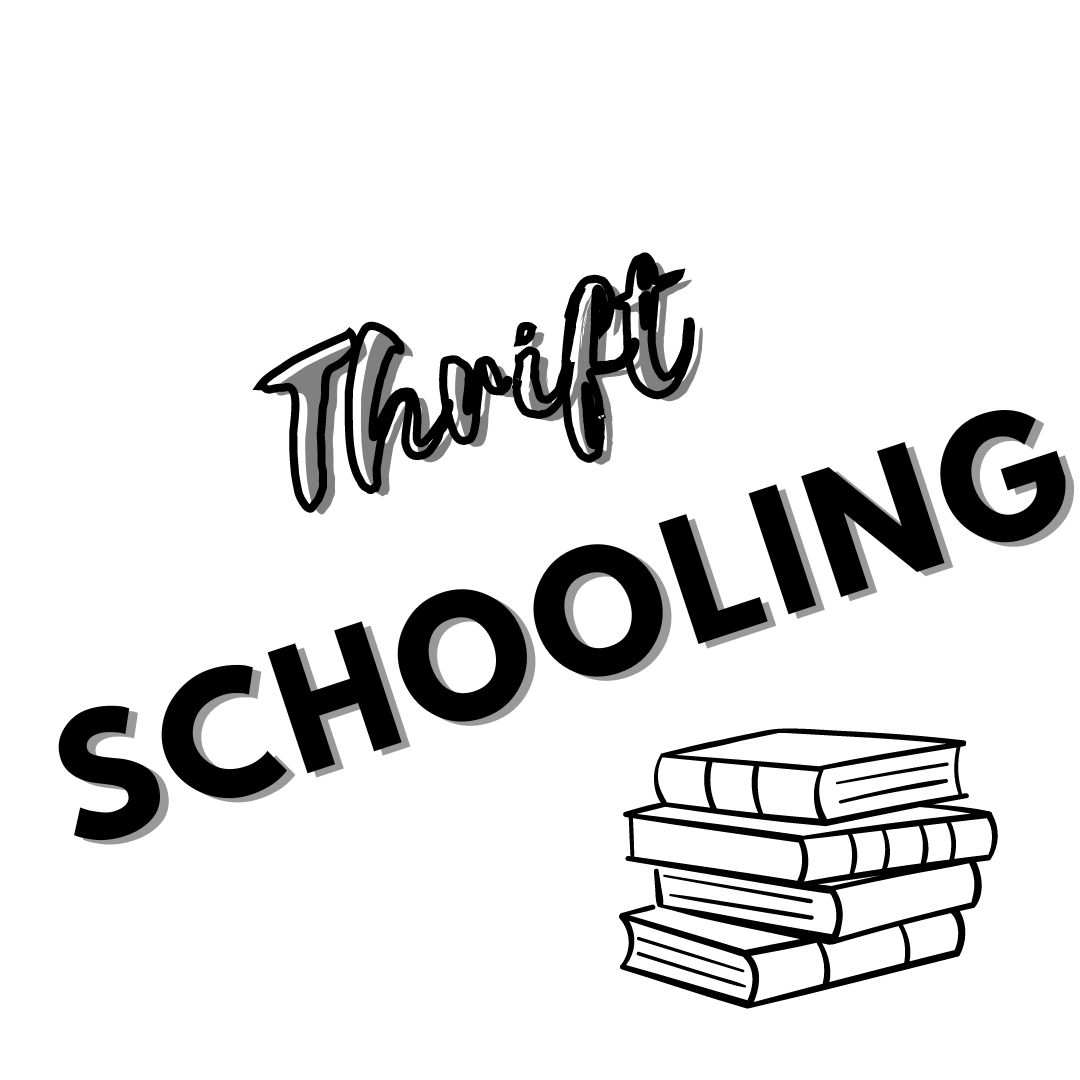My high school Economics class in high school was the period immediately after lunch. I seem to remember always falling asleep as the teacher droned on about the glass ceiling. I do not remember retaining much in that class and could not wait for the bell to ring so I could head off to gym class (unless we were square dancing that day!) What I love about homeschooling is I don't have to organize all of the classes into neat little 45-minute periods, although I used to. Once, I planned an entire year based on that type of system, neatly scheduling each class into the day from 8:30 am until 2:00 pm—complete with two breaks, one to go on the swing set and one for lunch.
Why I thought I needed to recreate the typical classroom model, I do not know. Lack of confidence? Fear? Habit? Whatever the reason, I quickly learned that as I added more kids to the mix, that type of education did not fit our routine. Needing to nurse a baby or going to rescue a runaway goat made me need to pivot. In my mind, I always thought that "someday" I would get back to the public school-based routine and I just needed to "take a break" for a season. I was wrong. What I needed was to change the way I thought about education—even with a degree. Thankfully, many seasoned homeschooling veterans gently came alongside me and showed me a different way to look at education. Not a lazy way. Not a cop-out way. Just a different and more productive way. A home-friendly way. Now my teens are thriving, my littles are making memories and I couldn't be more content. Education comes in all shapes and sizes and I love that I have been able to experience a handful of methods that I never even knew existed.
Notgrass History has been one of those gems that I would never have found if I would have stuck with the traditional approach. Even though it does technically have textbooks, the way it looks at education spans across subjects—which is a gold mine for homeschoolers. Take Exploring Economics. When a high schooler takes this course in its entirety, they will finish the year with half a credit of economics and half a credit of literature (English). One course counts for two subjects! With the addition of quality literature and hands-on projects, your child will not be bored of just another class. He will have projects to look forward to working on and books that will add value to their education—and transcript!
Disclaimer: Many thanks to Notgrass History for sponsoring this post.
All thoughts and opinions are 100% my own.
%20(2)%20(1).png)

